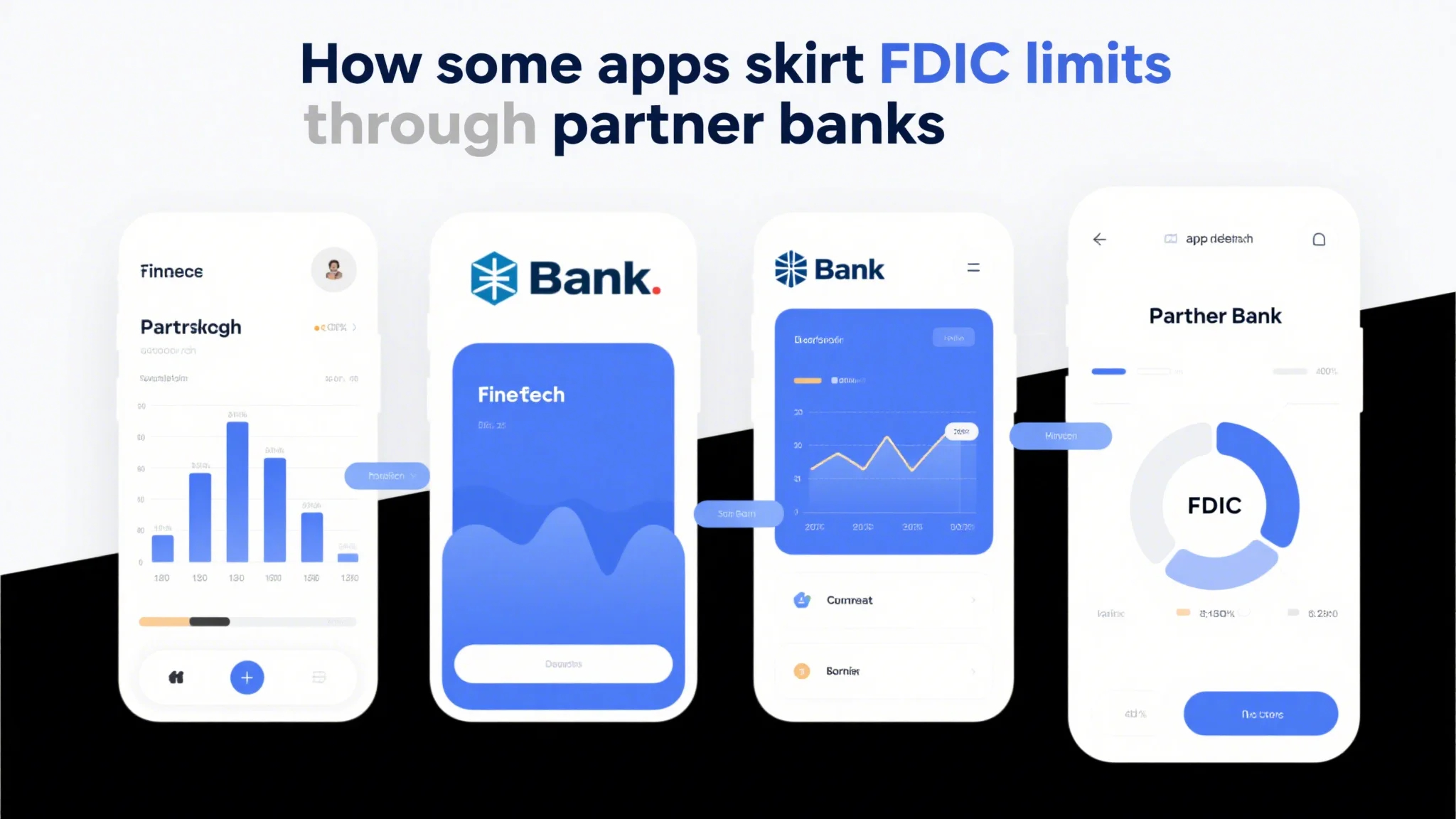Understanding Fintech Savings Accounts and Their Unique Structure
In the digital age, fintech savings accounts have emerged as a popular alternative to traditional banking, offering users a seamless and often more convenient way to manage their money. These platforms, typically operated by technology companies rather than brick-and-mortar banks, provide a range of financial services, from savings and investing to budgeting and financial planning.

One of the key features that sets fintech savings accounts apart is their ability to offer higher deposit insurance through partnerships with traditional banks. While the Federal Deposit Insurance Corporation (FDIC) insures deposits up to $250,000 per individual, per insured bank, fintech apps have found a way to work around this limit by structuring their accounts through multiple partner banks. This allows users to access higher levels of insurance, ensuring their funds remain protected even as they exceed the standard FDIC limits.
For example, platforms like Ally and Marcus by Goldman Sachs partner with multiple banks, each insured by the FDIC. By creating separate accounts with each partner bank, users can distribute their deposits across these institutions, effectively increasing their total insured amount. This structure not only enhances security but also attracts users seeking higher limits without the hassle of managing multiple accounts.
Benefits, Risks, and Considerations
Benefits of Fintech Savings Accounts:
Higher FDIC Limits: By partnering with multiple banks, fintech apps allow users to exceed the $250,000 FDIC limit, providing greater financial security.
Convenience: These platforms offer user-friendly interfaces, mobile access, and automatic savings features, making financial management easier.
Competitive Rates: Fintech savings accounts often provide higher interest rates compared to traditional banks, helping users grow their wealth faster.
Risks and Considerations:
Complexity: Managing multiple bank partnerships can be complex, and users may need to actively monitor their accounts to ensure proper distribution of deposits.
Legal Structure: While the funds are insured, the legal structure can be intricate. Users should understand how their money is allocated and the potential risks involved.
Research and Due Diligence: It’s crucial to research the partner banks and the fintech platform thoroughly to ensure they are reputable and financially stable.
:
Fintech savings accounts represent a significant advancement in digital banking, offering users enhanced convenience, competitive rates, and increased deposit insurance through strategic partnerships with multiple banks. While these accounts provide numerous benefits, it’s essential for users to conduct thorough research and understand the structure and risks involved. By doing so, they can enjoy the advantages of fintech savings accounts while maintaining the security and peace of mind their hard-earned money deserves.



